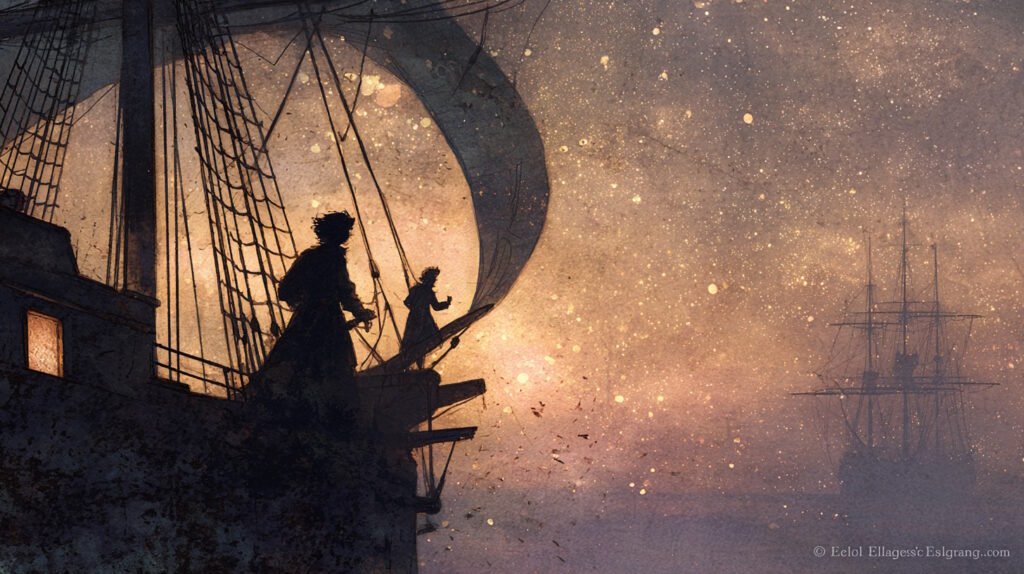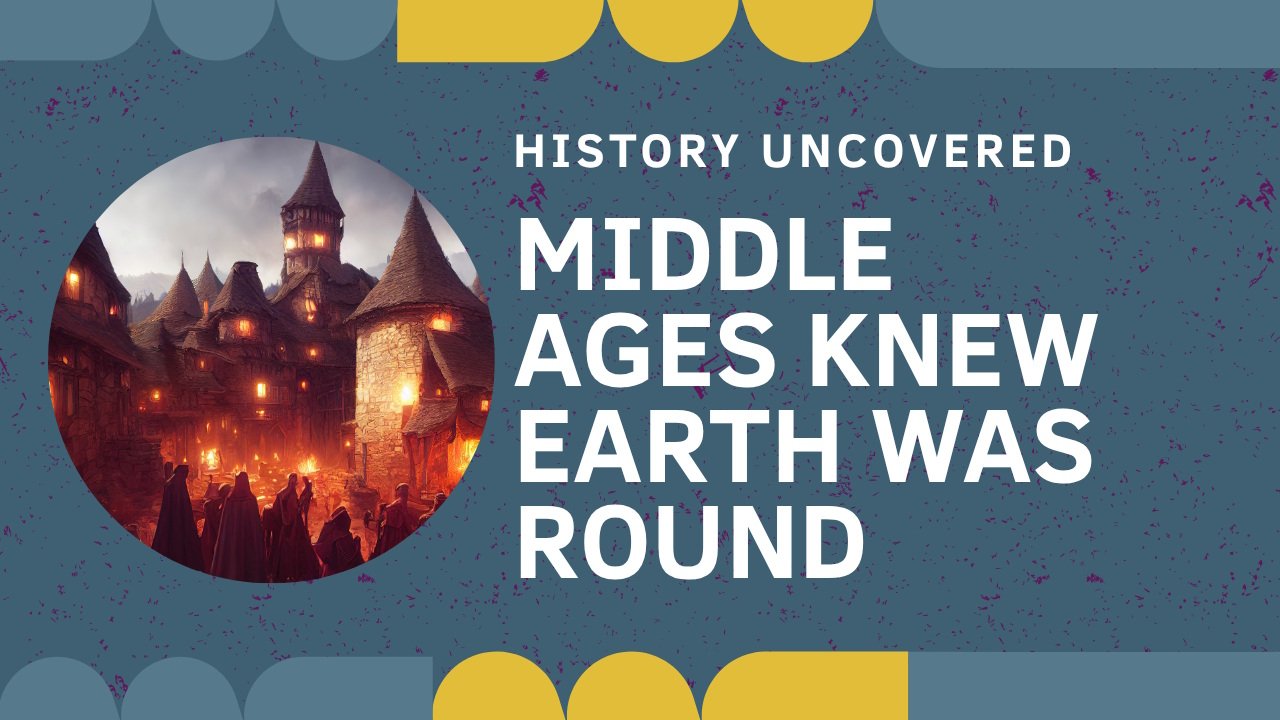Ever had someone toss this one at you? “Back then, people thought you’d sail right off the edge!” Sounds dramatic. Makes for a great campfire tale. Too bad it’s pure fiction.
Ask any medieval mapmaker or ship’s captain and they’d probably give you a look somewhere between confusion and pity. Of course the Earth was round. They’d been navigating its curves for centuries. The “flat Earth Middle Ages” is actually a myth cooked up much later, mostly in the 19th century, by people who wanted to make the past look foolish and their own era look brilliant.

Related Reads:
- Master the Scientific Method: Crush Misinformation Fast!
- Can AI Read Your Thoughts?
- How to Spot Science Misinformation: Your BS Detector Guide
How We Got Stuck with This Story
Picture a bunch of Victorian writers sitting around mahogany tables, the scratch of quill pens mixing with the clink of afternoon tea. Convinced they lived in the most enlightened age ever, naturally. Books like The Life and Voyages of Christopher Columbus (1828) and History of the Conflict Between Religion and Science (1874) started spinning tales about poor Columbus trying to convince stubborn scholars he wouldn’t tumble into the void.
Here’s the twist: the real argument wasn’t about shape at all. Columbus thought the Earth was smaller than it actually was, meaning Asia would be closer than expected. The scholars who opposed him? They had a better grasp of the planet’s actual size. Columbus got lucky that America happened to be sitting where he thought Asia would be.

What Medieval Folks Actually Knew
Medieval scholars weren’t stumbling around in ignorance. They had solid evidence staring them in the face:
Ships and horizons: Stand on a medieval dock long enough, breathing in the tar and brine, listening to the creak of rope against wood, and you’ll see it yourself. A ship’s hull vanishes first, its mast lingering like a matchstick before it too dips away. No magic. Just a round planet doing its thing. Every sailor knew this trick of perspective.
During lunar eclipses, that curved shadow creeping across the moon’s face told the whole story. Medieval astronomers weren’t idiots. They could connect the dots. Round shadow, round Earth. (Sometimes the simplest observations are the most convincing.)

Ancient math that actually worked: Some Greek guy named Eratosthenes had already nailed Earth’s circumference back in the 3rd century BCE, getting within shouting distance of the real number. Medieval universities didn’t just forget this stuff, they taught it.
These weren’t fringe ideas whispered in dark corners. University students learned about spherical Earth. Islamic scholars preserved and expanded on the knowledge. Medieval artists painted the world as a globe. The evidence was everywhere if you bothered to look.
Why This Myth Just Won’t Die
Part of the myth’s staying power? It scratches that itch we have to believe we’re smarter than everyone who came before us. There’s something satisfying about imagining our ancestors as bumbling fools who thought ships would plummet into space.
Plus, “flat Earth” is visual catnip. It’s easier to picture than the messy reality of medieval scholarship, which involved actual math and careful observation and international exchange of ideas. Boring! Much better to imagine trembling sailors afraid of sea monsters at the world’s edge.

The Real Story Behind the Story
Myths about science aren’t just wrong facts! They’re stories we tell ourselves about who we are. The flat Earth myth says more about 19th-century writers and their need to feel superior than it does about actual medieval beliefs.
When we dig into why certain “historical facts” stick around, we usually find they’re serving some purpose in the present. Sometimes the most persistent lies are just really good stories that make us feel better about ourselves.
So if someone insists medieval sailors feared “falling off the edge,” you can smile, sip your coffee, and know the real punchline. The only edge they worried about was the one on their sword.
Sources
- Wikipedia contributors. (n.d.). Myth of the flat Earth. In Wikipedia, The Free Encyclopedia. Retrieved August 8, 2025, from https://en.wikipedia.org/wiki/Myth_of_the_flat_Earth
- Wikipedia contributors. (n.d.). Flat Earth. In Wikipedia, The Free Encyclopedia. Retrieved August 8, 2025, from https://en.wikipedia.org/wiki/Flat_Earth
- History Facts. (n.d.). Did people in the Middle Ages really believe the Earth was flat? Retrieved August 8, 2025, from https://historyfacts.com/science-industry/article/did-medieval-people-think-the-earth-was-flat/
- History for Atheists. (2016, June). The great myths 1: The medieval flat Earth. Retrieved August 8, 2025, from https://historyforatheists.com/2016/06/the-great-myths-1-the-medieval-flat-earth/


Leave a Reply